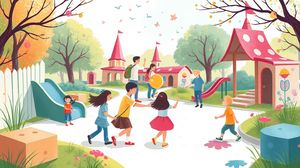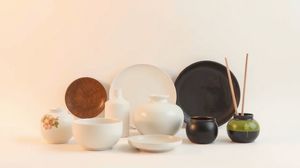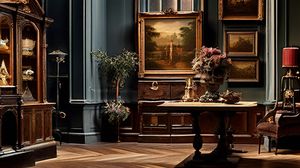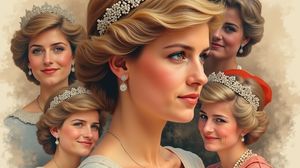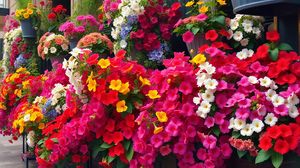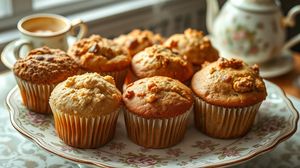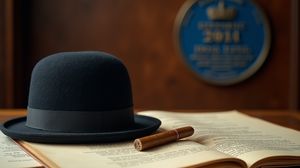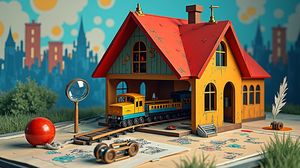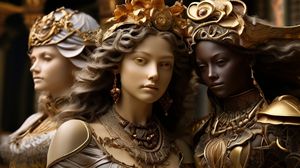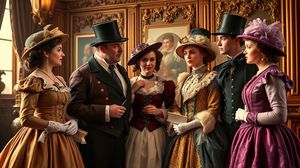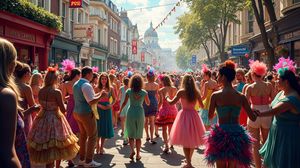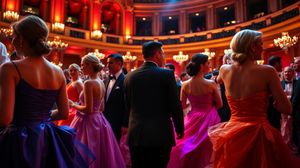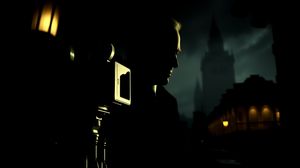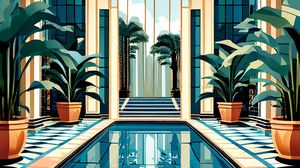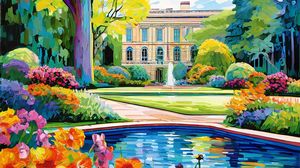
Kensington Palace, located in the picturesque Kensington Gardens, is a residence with a rich history and a blend of public and private experiences. Serving as the official London residence for several members of the British Royal Family, it provides a unique glimpse into royal life both past and present.
Originally a two-story mansion purchased by King William III and Queen Mary II in 1689, the palace was transformed into a royal residence by Sir Christopher Wren. The famous architect added the distinctive south-facing King's Apartments which continue to impress visitors today.
Kensington Palace was the birthplace and childhood home of Queen Victoria. Her early years are brought to life in the Victoria Revealed exhibition, where her letters, journals, and clothing offer an intimate look at her life before ascending the throne.
In more recent history, Kensington Palace gained international attention as the home of Princess Diana. Her legacy is honored through a display of some of her iconic fashion pieces, which highlights her impact on contemporary style.
The beautiful Sunken Garden, which has been transformed into the White Garden in memory of Princess Diana, features a tranquil setting with a classical layout and a vivid array of seasonal flowers. It's a peaceful retreat for visitors looking to escape the bustle of London.
The King's Staircase inside the palace is adorned with striking painted murals by artist William Kent, depicting a lively 18th-century court scene. This grand thoroughfare introduces visitors to the Baroque splendor that awaits in the state apartments.
Kensington Palace isn't just about grand history—it's a live working building. Prince William and his family reside in the palace's private section, lending an air of continuity to this historical residence as a living home for modern royals.

Making the Most of Your Visit:
If you're visiting Kensington Palace, make sure to explore the Victoria Revealed exhibition early in your visit. It's well worth it to get lost in Queen Victoria's world before you wander into the rest of the palace; her letters and personal items provide an intimate look at her life that is truly unique.
Take your time admiring the King's Staircase. The murals by William Kent are more intricate than they first appear, and standing on the landing gives a fantastic perspective of the entire artwork. Don't rush through, as you might miss the small historical details Kent painted into the courtly scene.
You absolutely must not skip the Sunken Garden, especially in late spring and summer when the flowers are in full bloom. It's a serene spot perfect for a quick escape from the busy palace interior. It's also a wonderful place for a quiet moment of reflection on Princess Diana's legacy.
The café at the palace is a hidden gem. It offers a charming little stop for tea or a light lunch with views of the gardens, which many visitors overlook. Make sure to relax there for a bit before continuing your exploration.
Lastly, try visiting in the late afternoon during weekdays if possible. The palace is quieter during these times, giving you more space and peace to enjoy the exhibitions and galleries without the crowds.

Visiting Times & Costs:
Opening Times:
- Kensington Palace is open to the public generally from Wednesday to Sunday.
- Opening hours are 10:00 AM to 6:00 PM with the last admission at 5:00 PM.
- Note that the palace may close or operate on different hours during the holiday season or due to special events, so it is advisable to check closer to your visit.
Admission Costs:
- Adults: £25.40
- Children (5-15 years): £12.70
- Under 5s: Free
- Concessions: £20.30
- Family tickets and group discounts are also available.
- Note: Prices mentioned may vary, and it is recommended to confirm current rates when planning your visit.
Accessibility:
- Kensington Palace is mostly accessible to visitors with disabilities; however, due to the historic nature of the building, some areas on upper floors may have limited access.
- A lift is available for access to the state rooms, and accessible toilets are on-site.
- Assistance dogs are welcome throughout the palace and gardens.
- Further accessibility information and specific needs can be addressed through prior enquiry, allowing for tailored assistance.

Address & Map:

Nearby:

